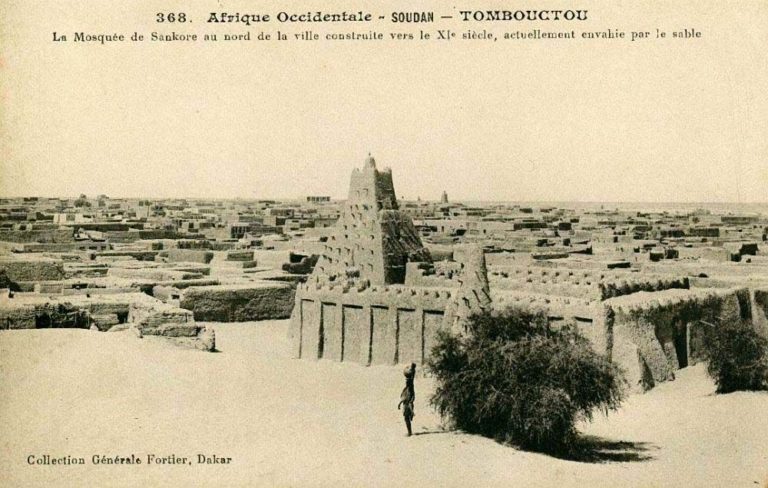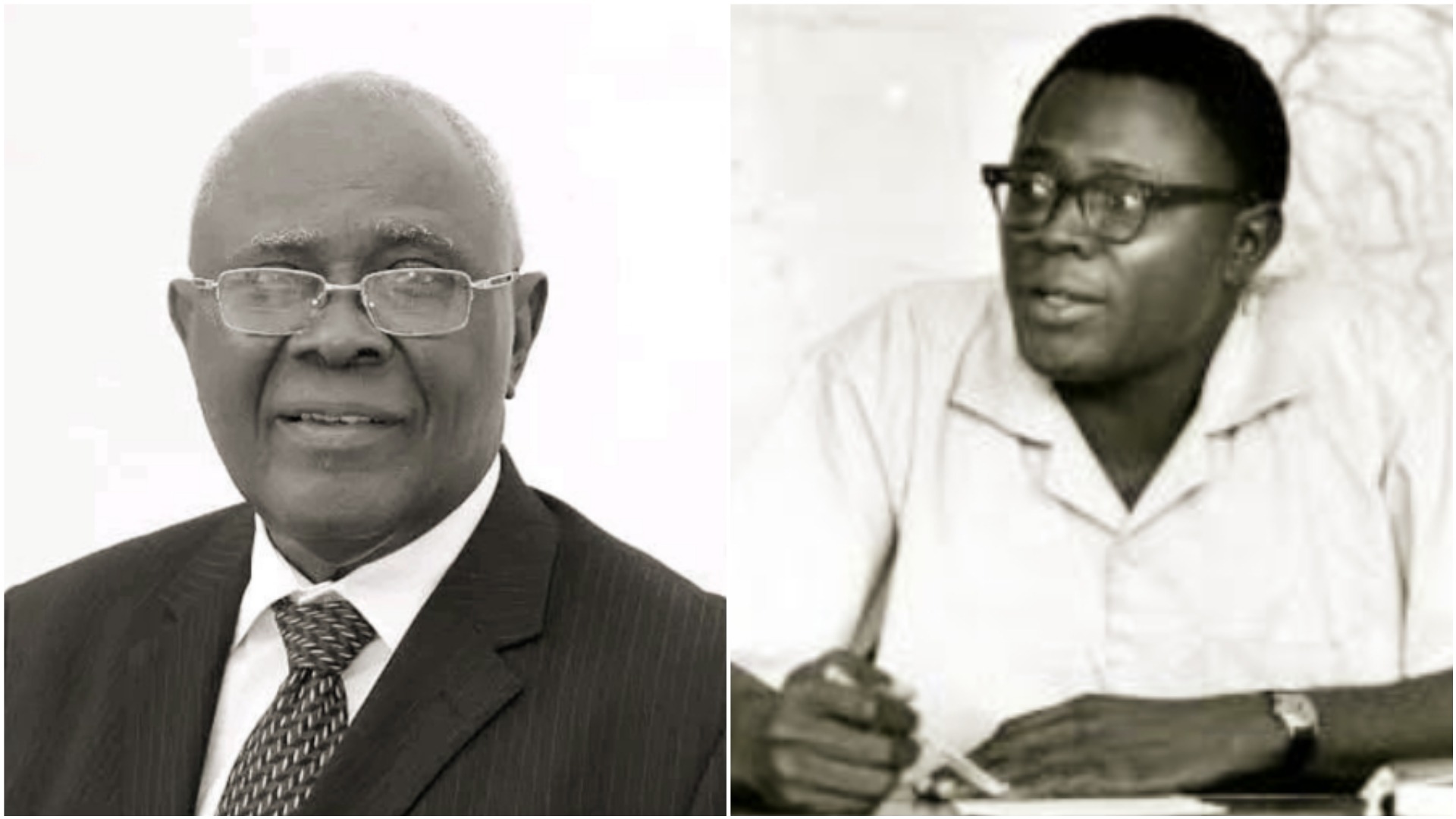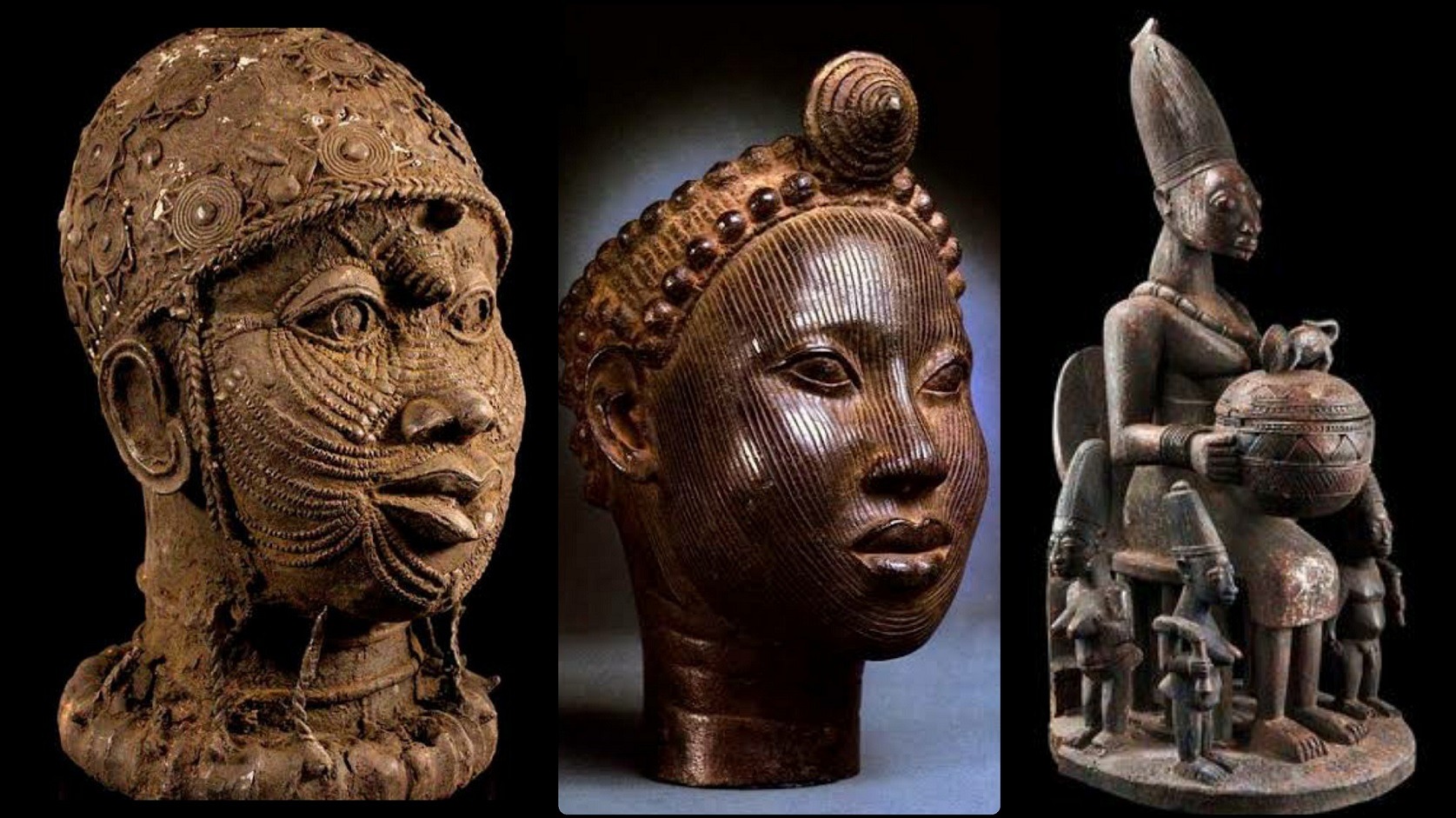While the west may have entrenched the erroneous belief that Africa was bereft of any form of education and civilization before the arrival of the colonialists, historical evidence has pointed out otherwise. According to history, one of the oldest and first universities in the world was in Timbuktu, Mali.
Mali is famous in world history because it is home to one of the richest kings that ever walked the face of the earth. Emperor Mansa Kankan Musa was considered one of the richest kings in the world, and to date, his wealth is still unrivaled by anybody. Now, Mali is considered the home of one of the first universities in the world.
Sankore University in Timbuktu, the then capital of Mali, was founded in 13BC. Its literary output was so enormous and included scholarly works covering the history of Africa and southern Europe, religion, mathematics, medicine, and law. Also, there were manuscripts that detailed every movement of the stars, as well as possible cures for everyday illnesses such as malaria, and remedies for menstrual pains.
This is a great departure from the prevailing narrative that Africa was without any form of education, and that the white European invaders came to civilize Africa . In fact, It is clear that the great learning centers of Africa gave the world much of the education and learning we have today. Sankore University in Timbuktu, Mali, laid the groundwork for much of the inventions we have in medicine, law, mathematics and the sciences.

Public domain image
Students from all around the world studied and earned an education in Timbuktu, and the university was home to approximately 700,000 ancient manuscripts, traversing almost all branches of knowledge known to man. In one instance in a documentary about the university, the speaker mentioned that they took to the translation of one of the manuscripts and sent it to France for studying. It was later discovered that the mathematics contained in the manuscripts were currently being studied in 2nd year of university in France. This is what was already taught at Sankore University, Timbuktu way back in the 16th century!
Their astronomers didn’t follow the usual European leap to a sun-centered solar system. Instead, they sprang far ahead in the mathematics of calendar writing, making significant headway in trigonometry. The writings give, in great detail the astronomical events six hundred years ago. Scholars, in a bid to translate this treasure trove of literary information, are now perplexed as to what these early academics knew of medicine, botany, chemistry, and climatology.
Timbuktu is also home to some of the world’s oldest mosques buildings. Each year, the people of the city come together and repaint the walls of the mosques. It was added to the UNESCO world’s heritage list in 1988.
They also wonder how this stream of knowledge flows through this glittering outpost, as well as pondering on how much new science they create in the process.
But even with established facts about the place of Timbuktu in history, some still harbor the nagging feeling it’s not a place in history, but an imaginary location in the African subconsciousness. In a recent survey of young Brits, a third thought Timbuktu was not a real place, much less a great ancient center of learning. They found the place to be both mystical and imaginary.
The aforementioned lends credence to the fact that the West misinforms its populace and the world at large, of Africa’s true place in the hierarchy of human evolution.






